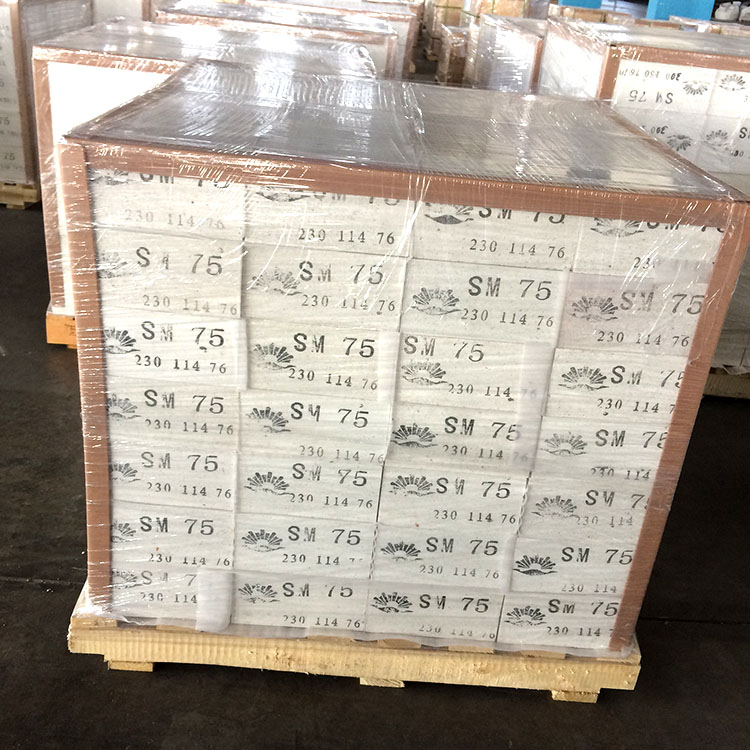.jpg?x-oss-process=image/resize,h_1000,m_lfit/format,webp)
In high - temperature industrial production, the demand for high - performance refractory materials is critical. Sintered mullite bricks, as a type of high - alumina refractory material, have carved out a niche for themselves. Their unique product positioning is centered around meeting the stringent requirements of high - temperature environments.
Sintered mullite bricks are mainly made from synthetic mullite clinker and high - alumina bauxite clinker. Synthetic mullite clinker has excellent high - temperature stability. It can maintain its structural integrity even at temperatures as high as 1700°C. High - alumina bauxite clinker, on the other hand, is rich in alumina content, typically above 80%. This high alumina content significantly enhances the refractoriness of the bricks.
According to industry research, the use of these two high - quality raw materials in the production of sintered mullite bricks can improve the product's overall performance by up to 30% compared to traditional refractory bricks. The combination of these raw materials provides a solid foundation for the excellent quality of sintered mullite bricks.
The firing process of sintered mullite bricks is carried out at temperatures above 1600°C. This high - temperature firing is crucial for enhancing the refractory performance of the bricks. During the firing process, the internal structure of the bricks becomes more compact, improving their density and strength.
A performance comparison shows that bricks fired at over 1600°C have a compressive strength that is 20% higher than those fired at lower temperatures. This high - temperature firing also reduces the porosity of the bricks, making them more resistant to the penetration of molten metals and corrosive gases.
In the steel industry, sintered mullite bricks have been widely used in various high - temperature areas such as blast furnaces and steel ladles. For example, in a large - scale steel plant in Europe, the use of sintered mullite bricks in the lining of a blast furnace extended the service life of the furnace from 2 years to 3 years. This not only reduced the frequency of furnace repairs but also increased the overall production efficiency of the plant.
Apart from the steel industry, sintered mullite bricks are also used in the glass industry. As shown in the picture below, they are applied in glass melting furnaces to withstand the high - temperature and corrosive environment of glass production.
.jpg)
In the ceramic industry, sintered mullite bricks are used in kilns. Their excellent thermal insulation properties help to reduce energy consumption during the firing process, making the production more environmentally friendly and cost - effective.

Sintered mullite bricks offer significant advantages in terms of raw materials, firing process, and practical applications. Their excellent performance in high - temperature and harsh environments makes them a reliable choice for various industries.
If you are interested in learning more about sintered mullite bricks or would like to request a sample, please click here to contact us. Our team of experts will be happy to assist you with any questions you may have.


